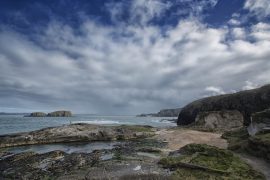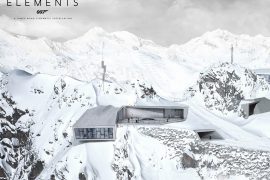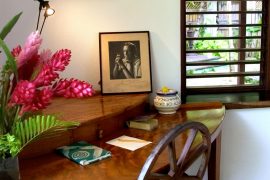In parallel with the renovation of Nationalmuseum in Stockholm, Sweden, extensive work to create totally new presentations of the museum’s collections has taken place behind the scenes. Among other things, visitors notice that the various art forms are displayed side by side, accompanied by a chronological narrative. In addition to the so-called “Timeline,” there are also new spaces such as the Treasury, the Design Depot, Children’s Art World, and the Sculpture Courtyard.
Nationalmuseum has the richest and most extensive collections in the Nordic region, with more than 700,000 objects and works of art. The work with the presentations of the collections began with a desire to be able to display more art and design in the museum building than had previously been possible.
It was also important that the collections interacted harmoniously with the building’s original architecture and that daylight was afforded a prominent role, because over 300 big windows were unshuttered. The various art forms – painting, sculpture, art on paper, applied art, and design would also be integrated.

The largest collection presentation was dubbed the Timeline. Both chronologically and thematically, it traces art and design from 1500 to the present day. Recurring themes include art and politics, nearness to nature, collection history, nationalism and gender. The timeline spirals out through the museum floor plan, and international and Swedish art are displayed side by side, thus encouraging new perspectives and experiences.



Other presentations demonstrate the potential of the collections. In the Treasury, visitors can marvel at the wealth of jewelry, accessories, boxes, and pocket watches, as well as a selection of more than 600 portrait miniatures from the museum’s extensive miniature collection. Many of these objects have never been exhibited before.
In the so-called Design Depot on the ground floor, a study collection of ceramics is on display, with more than 1,000 objects from the early 1700s to today. In the depot, the development of the ceramic arts through the ages is depicted, with a focus on materials, technologies and design process.

In the Sculpture Garden, visitors can encounter works from the museum’s collection of 19th century sculpture. Also on the ground floor, a special exhibition called Villa Curiosa is on display in the Children’s Art World. It focuses on our minds and is meant to serve as an introduction to the collections for children and young people.

Art from the collections is even on display in the restaurant, where diners can admire Denise Grünstein’s series of photographs entitled 1866, which documents the empty museum building shortly before the renovation was begun.

Dynamism is the guiding principle of the presentation approach. The art will rotate through all or part of the exhibition space, and individual objects will be regularly switched out so that more of the comprehensive collections can be displayed. This also makes it possible to show more light-sensitive art such as drawings and textiles. The collections will also continue to evolve; several large donations received by the museum in recent years, combined with the museum’s own funds, have made it possible to complete a number of acquisitions to complement the collections and fill in some gaps.









